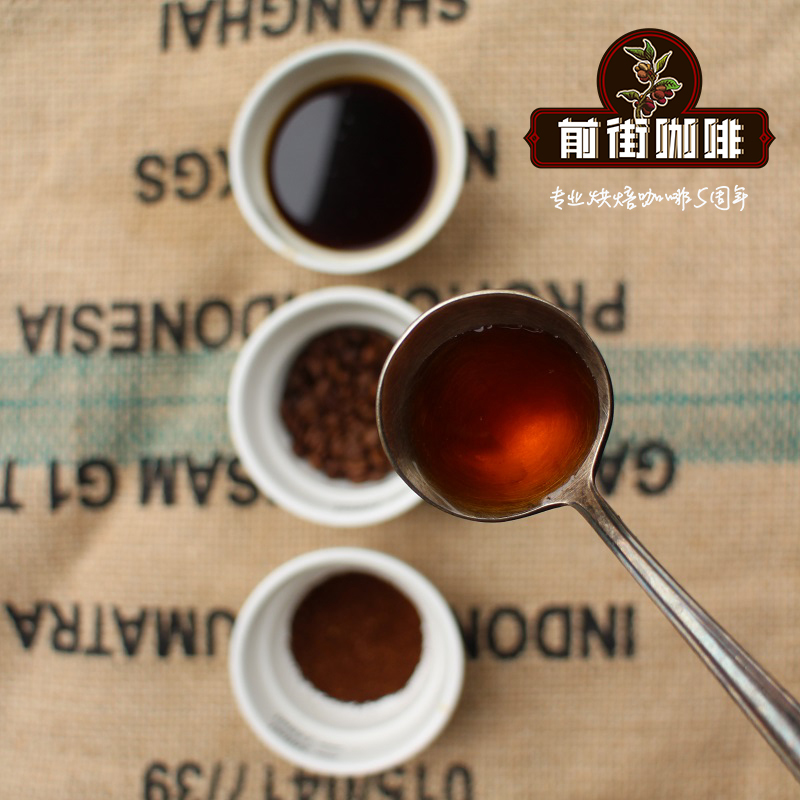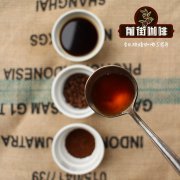How about Ethiopian coffee? Ethiopian rambutan coffee flavor

Professional coffee knowledge exchange more coffee bean information please follow the coffee workshop (Wechat official account cafe_style)
Flavor description
Dry aroma is sweet-scented osmanthus, sugar fried chestnut, strawberry, sipping is raspberry, jasmine, mangosteen, melon and other tropical fruit aromas.
Producing area information
Ethiopian Guji
1800 meters to 2100 meters in the producing area
Bean information
Sun-exposed native species in 2019 production season
Although Ethiopia is an underdeveloped country located in northeast Africa, it is a world-famous coffee producer.
Ethiopia has the most diverse coffee ecosystem in the world (forest coffee, semi-forest coffee, pastoral coffee and plantation coffee), which enables the preservation of its rich Arabica genes, coupled with multiple treatments of sun, water and semi-washing, showing a complex and varied flavor. It can be said that most of the "taste spectrum" of coffee producing areas around the world can be drunk here, reflecting Ethiopia's inclusive "king flavor". In addition, Ethiopia is the cradle of Arabica coffee beans, and growing, stir-frying and brewing coffee are unique local cultural heritage.
The coffee-producing region of Ethiopia is divided into east and west parts by the East African Rift Valley, with lakes, volcanoes, lowlands, plateaus and woodlands interlaced, each evolving. Most of the eastern half is the plateau, and the coffee beans taste better, such as Yega Scherffe and Sidamo, which are popular with bright sour taste, and Hara, which is charming and "miscellaneous"; the western half is covered with a large area of primeval forest, and most of them are in the process of completely natural evolution. it has created a more complex variety of coffee, and the coffee varieties in the Kafa forest in the southwest are highly resistant to disease. Due to natural evolution and less manual screening, its overall flavor is slightly lower than that of the eastern half of the wall.
END
Important Notice :
前街咖啡 FrontStreet Coffee has moved to new addredd:
FrontStreet Coffee Address: 315,Donghua East Road,GuangZhou
Tel:020 38364473
- Prev
Taste characteristics of ice drop coffee made from single coffee beans how long is the cold fermentation time of ice drop cold extract coffee
Professional coffee knowledge exchange more coffee bean information please pay attention to the coffee workshop (Wechat official account cafe_style) hot summer, cold coffee is also one of the summer drinks. When you walk into a coffee shop, have you ever wondered why the price of iced coffee is so much higher than that of ordinary iced coffee? Of course, iced coffee is not just iced coffee with a better name, it is time-consuming to extract.
- Next

Introduction of Brazilian Coffee Esse Coffee Bean producing area description of flavor characteristics of Guji rambutan coffee beans
Professional coffee knowledge exchange more coffee bean information please follow the coffee workshop (Wechat official account cafe_style) flavor description dried fragrance is sweet-scented osmanthus, sugar fried chestnut, strawberry, sipping is raspberry, jasmine, mangosteen, melon and other tropical fruit aromas. Production area information Ethiopia Guji production area 1800 meters ~ 2100 meters beans information 2019 production season sun native species although
Related
- Detailed explanation of Jadeite planting Land in Panamanian Jadeite Manor introduction to the grading system of Jadeite competitive bidding, Red bid, Green bid and Rose Summer
- Story of Coffee planting in Brenka region of Costa Rica Stonehenge Manor anaerobic heavy honey treatment of flavor mouth
- What's on the barrel of Blue Mountain Coffee beans?
- Can American coffee also pull flowers? How to use hot American style to pull out a good-looking pattern?
- Can you make a cold extract with coffee beans? What is the right proportion for cold-extracted coffee formula?
- Indonesian PWN Gold Mandrine Coffee Origin Features Flavor How to Chong? Mandolin coffee is American.
- A brief introduction to the flavor characteristics of Brazilian yellow bourbon coffee beans
- What is the effect of different water quality on the flavor of cold-extracted coffee? What kind of water is best for brewing coffee?
- Why do you think of Rose Summer whenever you mention Panamanian coffee?
- Introduction to the characteristics of authentic blue mountain coffee bean producing areas? What is the CIB Coffee Authority in Jamaica?

